“The Motown Sound: In Performance at the White House” is a PBS music special that was taped in the East Room of the White House. President and Mrs. Obama hosted the event on Thursday, February 24, 2011 in celebration of Black History Month and the legacy of Motown.
Remarks by the President at “In Performance At The White House: The Motown Sound”
THE PRESIDENT: Good evening, everybody. Please have a seat. Tonight we continue one of my favorite traditions here at the White House by celebrating the music that’s at the heart of the American story. And as we come to the end of Black History Month, I can’t think of a better way to do it than by honoring the legendary sound of Motown. (Applause.)
I want to start by thanking our performers here tonight: Natasha Bedingfield, Sheryl Crow, Jamie Foxx, Gloriana, Nick Jonas, Ledisi, John Legend, Amber Riley, Mark Salling, Seal, Jordin Sparks, Smokey Robinson — (applause) — and because we weren’t sure that was enough, we thought we might throw Stevie Wonder in there. (Applause.) And obviously we are grateful for all the other Motown legends who are gracing us with their presence. Thank you for being here.
Over the years, this room has hosted some of the most talented musicians in the world, from classical to country. But Motown is different. No one knows exactly when jazz began. Nobody knows who the first person was to sing a freedom song. But we know where Motown came from. We know it was born in the basement of a house on West Grand Boulevard in the Motor City — Detroit. (Applause.) And we know it started with a man named Berry Gordy, who is here with us tonight. Stand up, Berry. (Applause.)
Now, apparently Berry tried a lot of things before following his heart into music. A high school dropout, he failed as a record store owner, competed as an amateur boxer, finally took a job earning $85 a week on the assembly line at the local Lincoln-Mercury plant. And it was there, watching the bare metal frames transformed into gleaming automobiles, that Berry wondered why he couldn’t do the same thing with musicians, and help turn new talent into stars.
And before long, he quit his job at the plant, borrowed $800, and set up shop in a little house with a banner across the front that read “Hitsville, U.S.A.” His family thought he was delusional. (Laughter.) But as Berry said, “People thought the Wright Brothers had a stupid idea, so I say, ‘Bring on the stupid ideas.’”
As it turned out, Berry could recognize talent and potential better than anybody else in the business. It began with Smokey Robinson, who stopped by the Motown house with a group of friends calling themselves the Miracles. Then came one of Smokey’s neighbors -– a high school senior named Diana Ross, who started out working as a secretary. One of the Miracles brought along his little brother, who invited a 10-year-old blind kid named Stephen Hardaway Judkins to tag along. (Laughter.) And then there was a group called the Jackson Five, fresh from amateur night at the Apollo, that Gladys Knight told Berry he just had to see.
Pretty soon, the basement studio was turning out hits faster than Detroit was turning out cars. From 1961 to 1971, Motown produced 110 Top 10 hits from artists like Marvin Gaye, The Temptations, The Four Tops and The Supremes. In the process, Motown’s blend of tight lyrics, catchy melodies and deep soul began to blur the line between music that was considered either “black” or “white.” As Smokey Robinson said, “I recognized the bridges that were crossed, the racial problems and the barriers that we broke down with music. I recognized that because I lived it.”
Along the way, songs like “Dancing in the Streets” and “What’s Going On” became the soundtrack of the civil rights era. Black artists began soaring to the top of the pop charts for the first time. And at concerts in the South, Motown groups literally brought people together –- insisting that the ropes traditionally used to separate black and white audience members be taken down.
So, today, more than 50 years later, that’s the Motown legacy. Born at a time of so much struggle, so much strife, it taught us that what unites us will always be stronger than what divides us. And in the decades since, those catchy beats and simple chords have influenced generations of musicians, from Sheryl Crow to the Jonas Brothers.
So to everybody watching, both here and at home, let’s take a trip back to that little studio in Detroit and enjoy the unmistakable sound of Motown. Thank you very much. (Applause.)
————-
Jamie Foxx was the emcee for the evening. Several musical artists performed, including Foxx, Natasha Bedingfield, Sheryl Crow, the group Gloriana, Nick Jonas, Ledisi, John Legend, Amber Riley, Smokey Robinson, Mark Salling, Seal and Jordin Sparks. The sixty-minute television special is part of the Emmy Award-nominated PBS “In Performance at the White House” series.
In addition to the evening concert, the afternoon of the concert taping the White House hosted “The Sound of Young America: The History of Motown,” an educational workshop for 120 middle land high school students in the State Dining Room. The event was produced by The GRAMMY Museum® and led by Robert Santelli, executive director of The GRAMMY Museum®. Santelli was joined by Berry Gordy and music legend Smokey Robinson, and other artists from the evening concert, who shared their personal experiences of Motown and answered students’ questions.

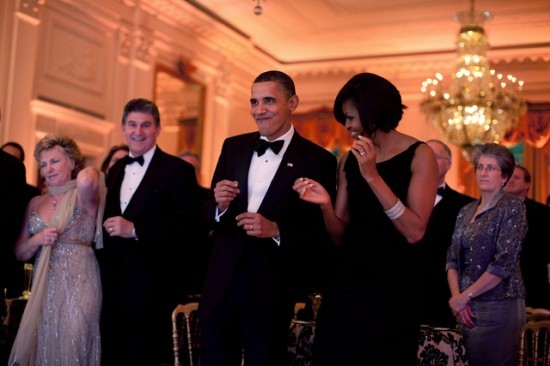
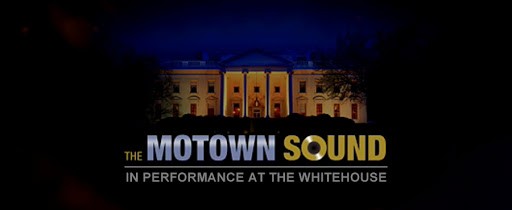
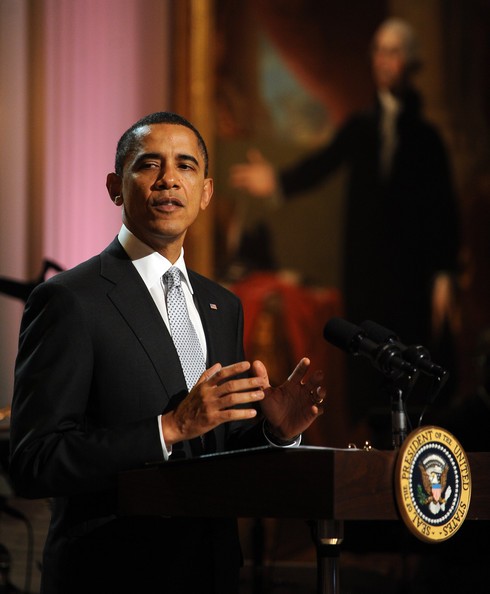
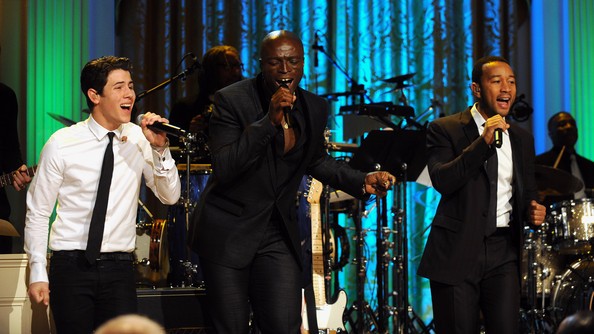
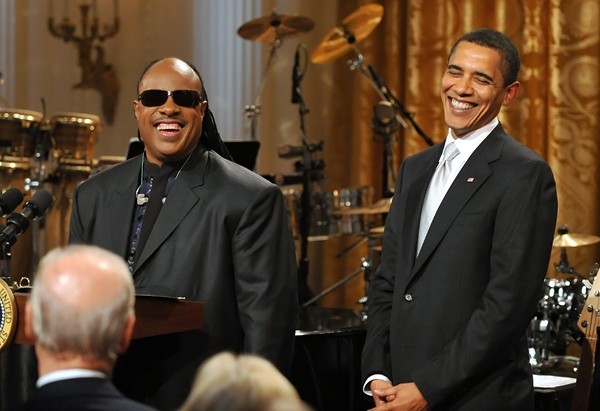
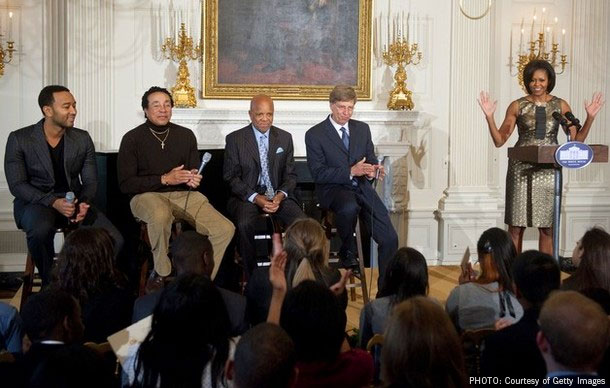
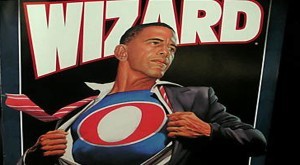
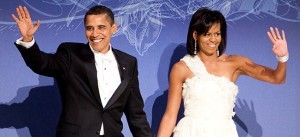
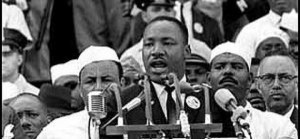

0 Comments